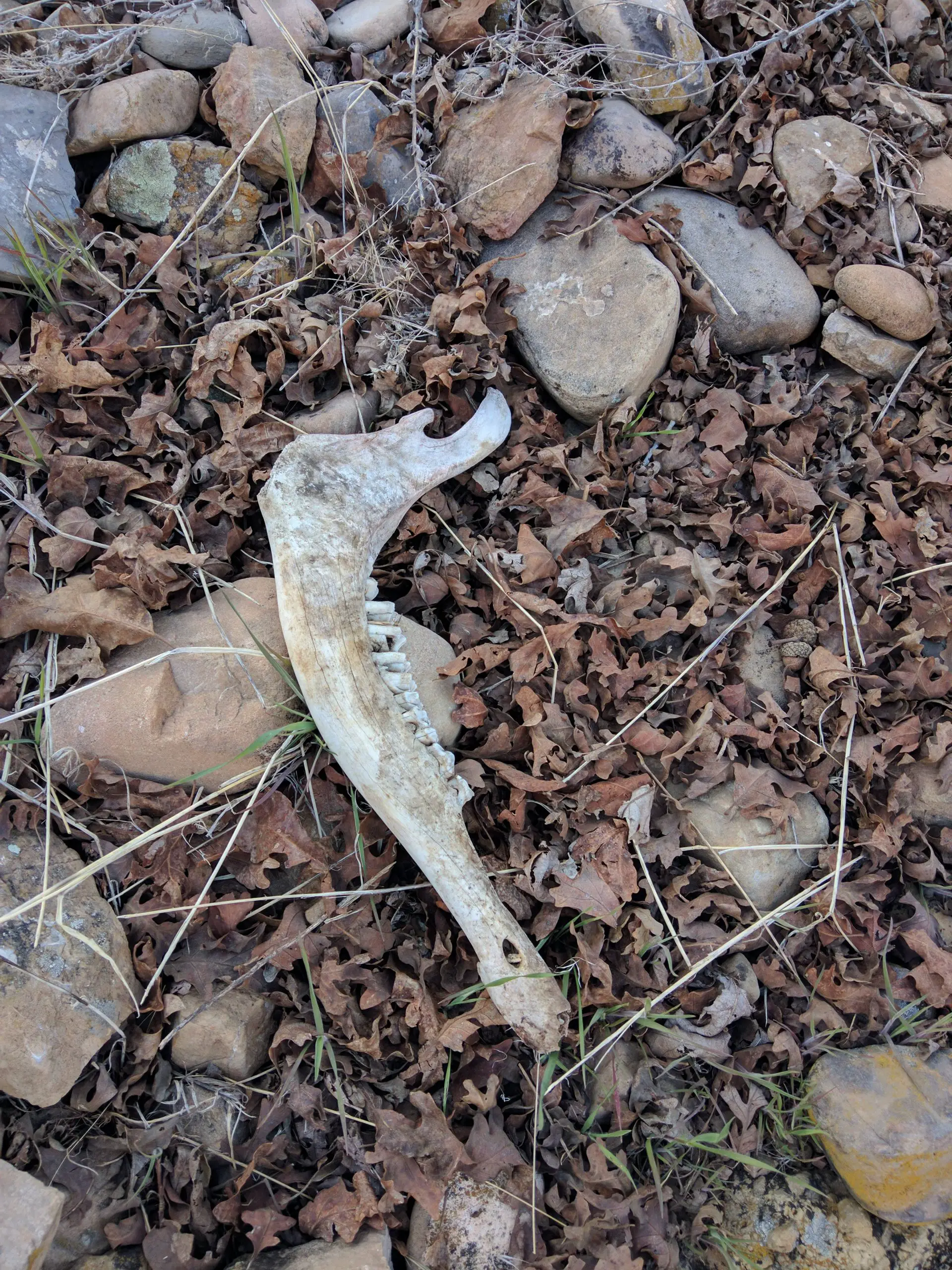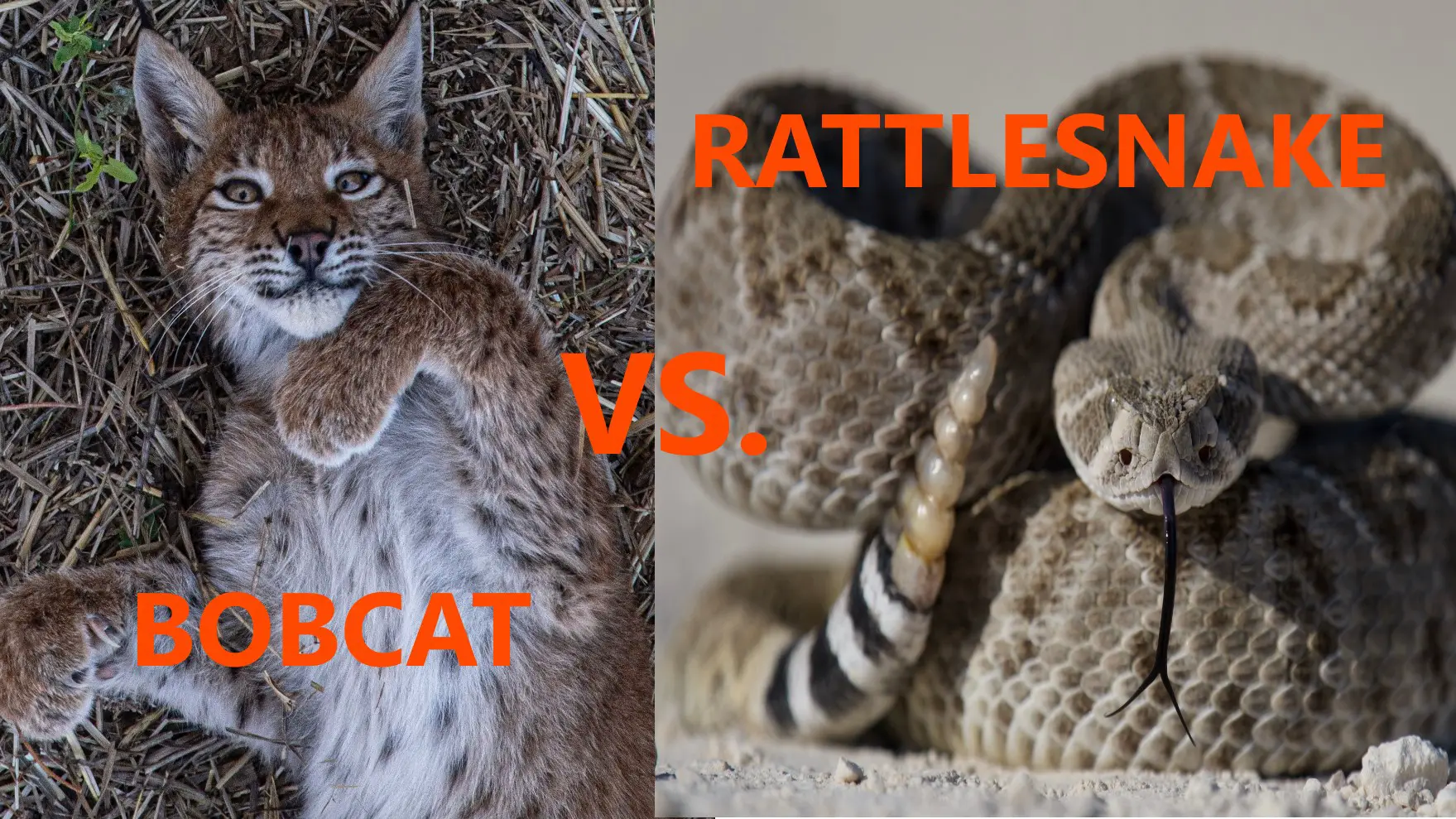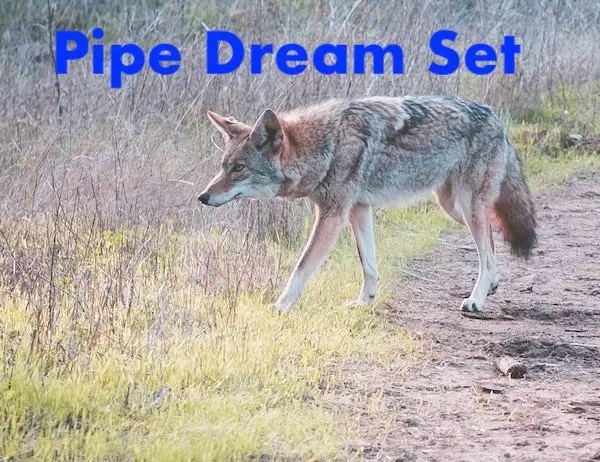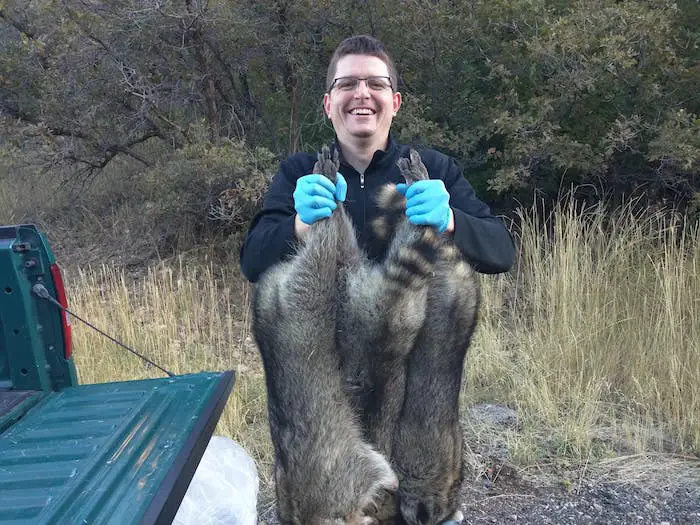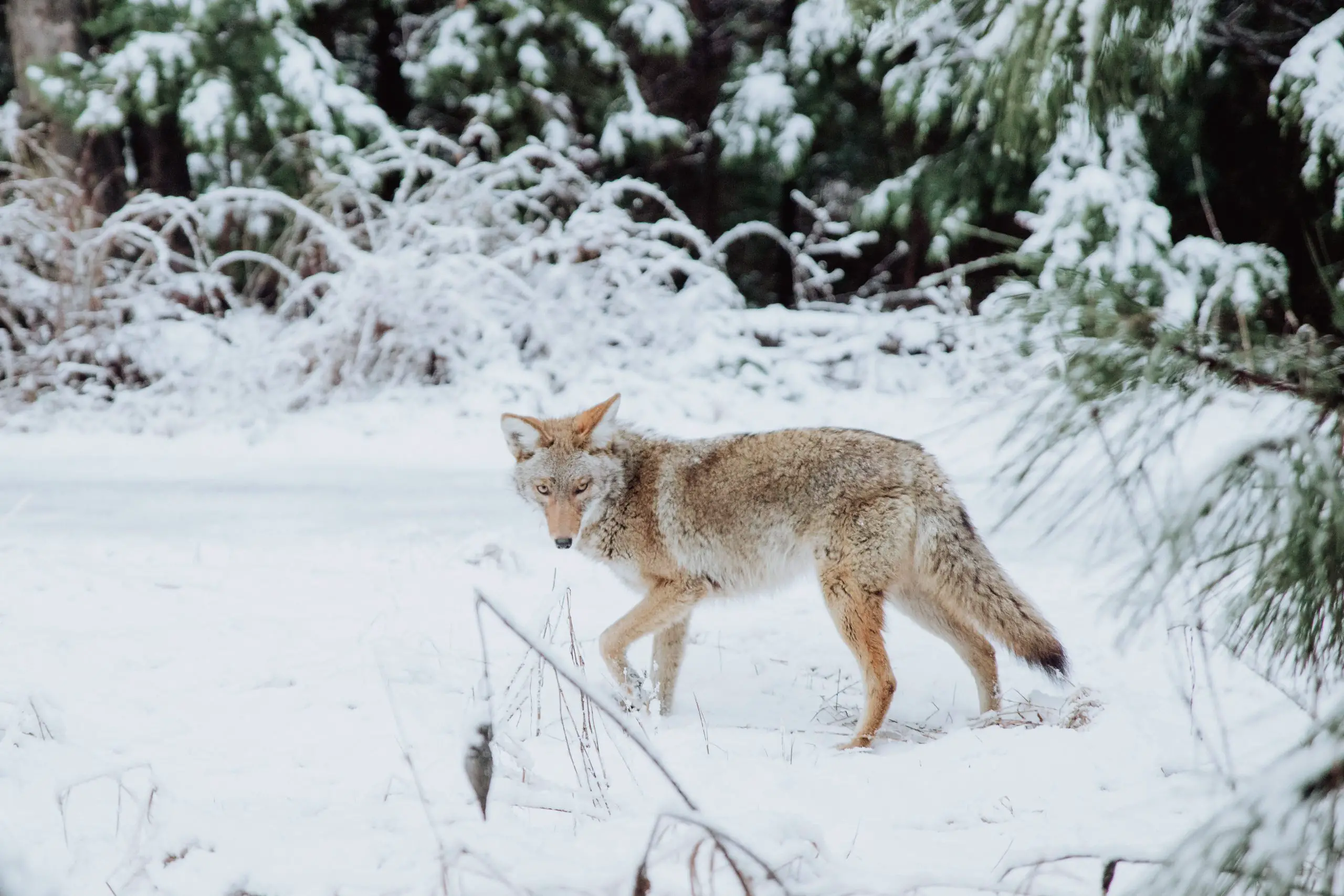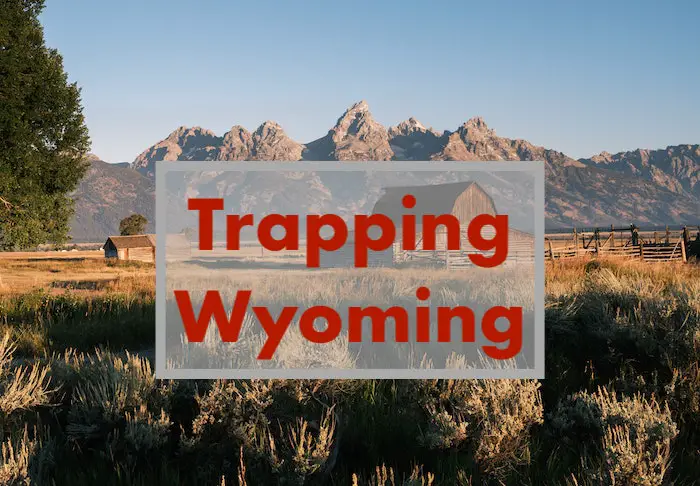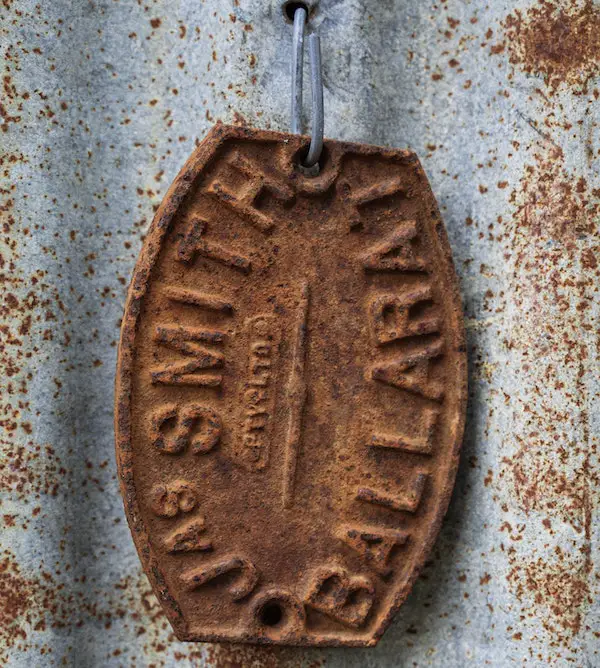How to Make Wax Dirt for Trapping
Making wax dirt can be very helpful to keep your traps working and catching more critters. Wax dirt combats freezing conditions and helps you keep your traps working when the coyotes are moving.
WARNING: Wax heated over a flame can catch on fire. Mixing hot wax and water can also cause a fire. BE CAREFUL!
What is wax dirt used for?
Wax dirt is used by trappers in extreme weather for helping to keep their traps from freezing under the frozen wet ground. Was dirt can be added above and below a trap that is being set so that if it gets wet the water resistant dirt can keep the trap from freezing and not firing when stepped on by a coyote, bobcat, or fox.
Dry Dirt for Making Wax Dirt
The first step for making wax dirt is getting very dry dirt. This may seem easy to do but when you need wax dirt the ground is usually frozen and covered in ice, snow, or mud.
Some of the places you can find dry dirt for making wax dirt are in barns, under bridges, in a shed, and under houses.
How much wax dirt for trapping season?
You will need to remember that wax dirt will not last long if you are digging large trap beds. One way to conserve wax dirt is to dig trap beds with cookie cutter trap bed digger.
So five gallons of wax dirt is about 80 cups of dirt. If you use two or three cups of dirt per trap then you will be able to make 25 to 40 sets.
To see how much wax dirt you may use on a set you might try setting a trap and see how much you use. You can multiply that quantity of dirt by how many sets you want to set with wax dirt. Plan on resetting the sets at a minimum once every week or two. More if you are making regular catches.
Wax dirt will probably not be reusable if you stake your trapping sets. It might be reusable if you have your traps on a drag. This will get the animal away from the set as soon as it is caught.
Wax Dirt Ratio
So now we come to the part of mixing the dry dirt you have found with wax. The flake was to dirt ratio can vary based on a few variables.
First how water resistant do you need your dirt to be? If you add more wax to the dirt it will make it more water resistant. when you add too much wax it may clot up and will need to be broken up before you use it.
Second, how much dirt do you need to how much wax you have? If you need to make more wax dirt you can lower the wax content slightly and still get a good mix that is water resistant.
The best wax dirt ratio will be between a one to eight ratio and a one to four ratio, wax to dirt respectively.
How much wax in a gallon of dirt?
In one gallon of dirt you should have two to three cups of wax per gallon. This translates to about half a pound of wax to three fourths pounds of wax. This shouldn’t be bad to make if you are only making on gallon but if you would like some more ratios for wax dirt, check out this table.
Wax Dirt Ratios Table
| Amount of Wax | Amount of Dirt |
|---|---|
| 2 – 3 Cups of wax | 1 Gallon of dirt (16 Cups) |
| 3/4 LBS of wax | 1 Gallon of dirt |
| 2.5 LBS of wax | 5 Gallons of dirt |
| 5 LBS of wax | 10 Gallons of dirt |
( 1 cup of wax is about 1/4 LBS of wax)
Making Wax Dirt for Trapping
Mix you dry dirt and wax together then you need to heat the mixture in one of a few different ways. You can cook it in a cement mixer, a pot on the stove, in the oven, or in the sun.
Making Wax Dirt in the Oven
Wax dirt can be made in the oven. After you have mixed your wax and dirt put it in a pan in the oven on low. You should check the dirt and wax mixture in the oven often so you don’t scorch your dirt and give it a funny smell. That will confuse the coyote or fox because they will smell it.

Making Wax Dirt on a Burner
Your wax and dirt can also be put in a pot and placed on a burner. A lid on the pot will help keep the heat in and allow the wax to melt faster. Stir it occasionally to get the best results.

Cement Mixer for Making Dirt
A small cement mixer can be helpful when making a lot of wax dirt. A heat source such as a torch or burner can be placed below the cement mixer. Place your wax and dirt mixture in the cement mixer and start it spinning. This is a good way to make wax dirt because it keeps turning and you get a very good even temperature throughout the mixture.

Making Wax Dirt With the Sun in the Summer
If you plan ahead of trapping season you can make wax dirt by placing the wax and dirt mixture on a tarp in the sun. The sun will melt the wax into the dirt. Stir the dirt so that the wax gets completely melted into the dirt.

How do you know when the wax and dirt mixture is done cooking?
While you are cooking your mixture of wax and dirt you will start to see the dirt change colors as the wax melts into the dirt. If it you are using a pot or a pan to cook the wax and dirt you will want to stir the wax when you see it start to melt on the edges.
In a cement mixer it should mix and evenly and you will know when you are done when all the dirt is a darker color. When you are done you now need to start cooling and getting the heat out of the dirt.
Cooling Wax Dirt
Cooling your wax will be very important before you store it. The wax dirt can now be cooled by spreading it outside on a tarp to cool. When the dirt is cooled you can test it and collect it into trapping buckets that you can take out trapping with you.
Testing the Wax Dirt
Test out your wax dirt by dumping water on a small flat pile of the wax dirt. If the water sheds off and does not seep in to the dirt then the wax is doing its job. If the water seeps into the dirt then you need to add more wax and reheat the mixture to melt the newly added wax.
It is better to add extra wax in the dirt if you are worried about it getting wet and freezing. Adding extra wax can clot up more but it can also resist water better, and keep your traps working longer.
Flake Wax for Dirt
Flake wax can be used to make wax dirt. Here are some options for you:
Flake wax and other equipment to antifreeze your trap
More Trapping Equipment
- MB 450 Traps
- Best Coyote Traps
- Pack Basket
- Trapping Bag
- Buckets
- Trapping Hammer
- Trapping Sheds
- Trapping Cabins
- More Trapping Equipment
Trapping By State
- Alabama Trapping
- Alaska Trapping
- Arizona Trapping
- Arkansas Trapping
- California
- Colorado
- Connecticut
- Delaware
- Florida
- Georgia
- Hawaii
- Idaho
- Illinois
- Indiana
- Iowa
- Kansas
- Kentucky
- Louisiana
- Maine
- Maryland
- Massachusetts
- Michigan
- Minnesota
- Mississippi
- Missouri
- Montana
- Nebraska
- Nevada
- New Hampshire
- New Jersey
- New Mexico
- New York
- North Carolina
- North Dakota
- Ohio
- Oklahoma
- Oregon
- Pennsylvania
- Rhode Island
- South Carolina
- South Dakota
- Tennessee
- Texas
- Utah Trapping
- Vermont
- Virginia
- Washington
- West Virginia Trapping
- Wisconsin
- Wyoming Trapping






